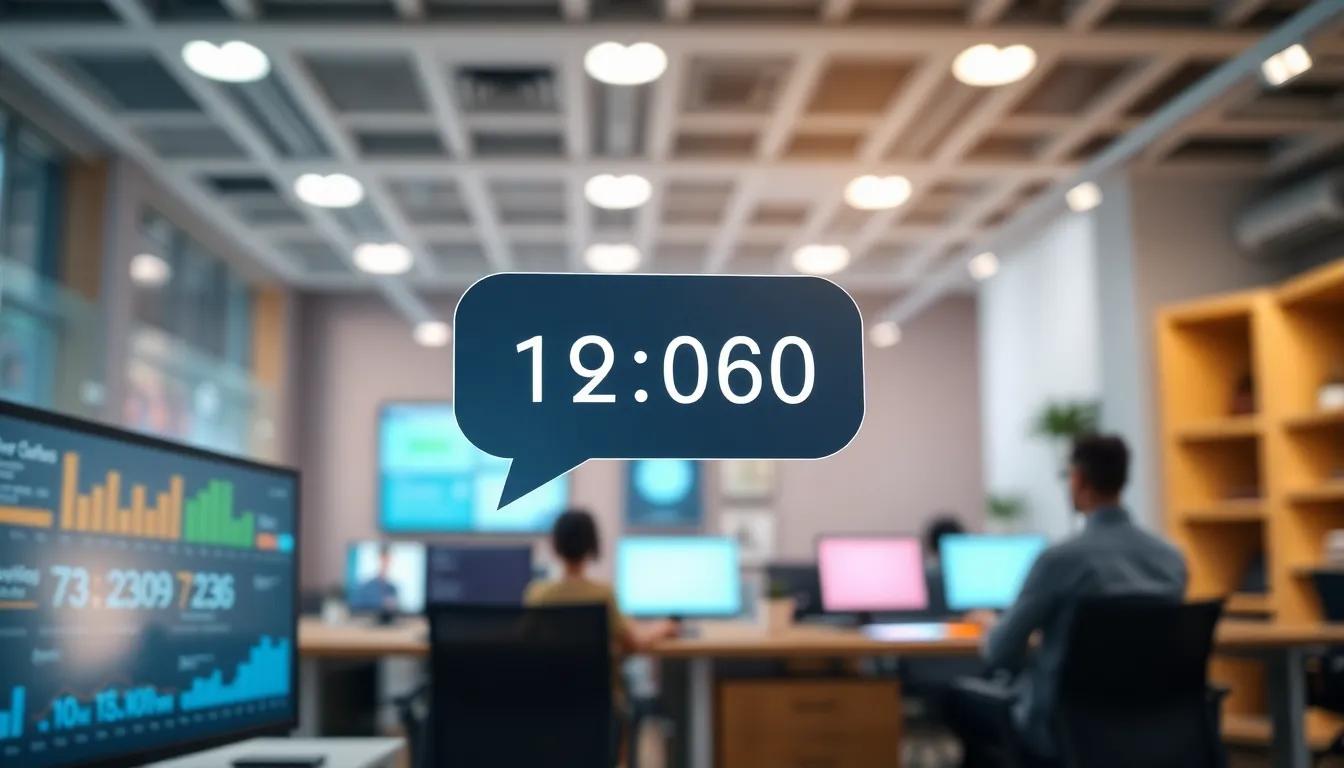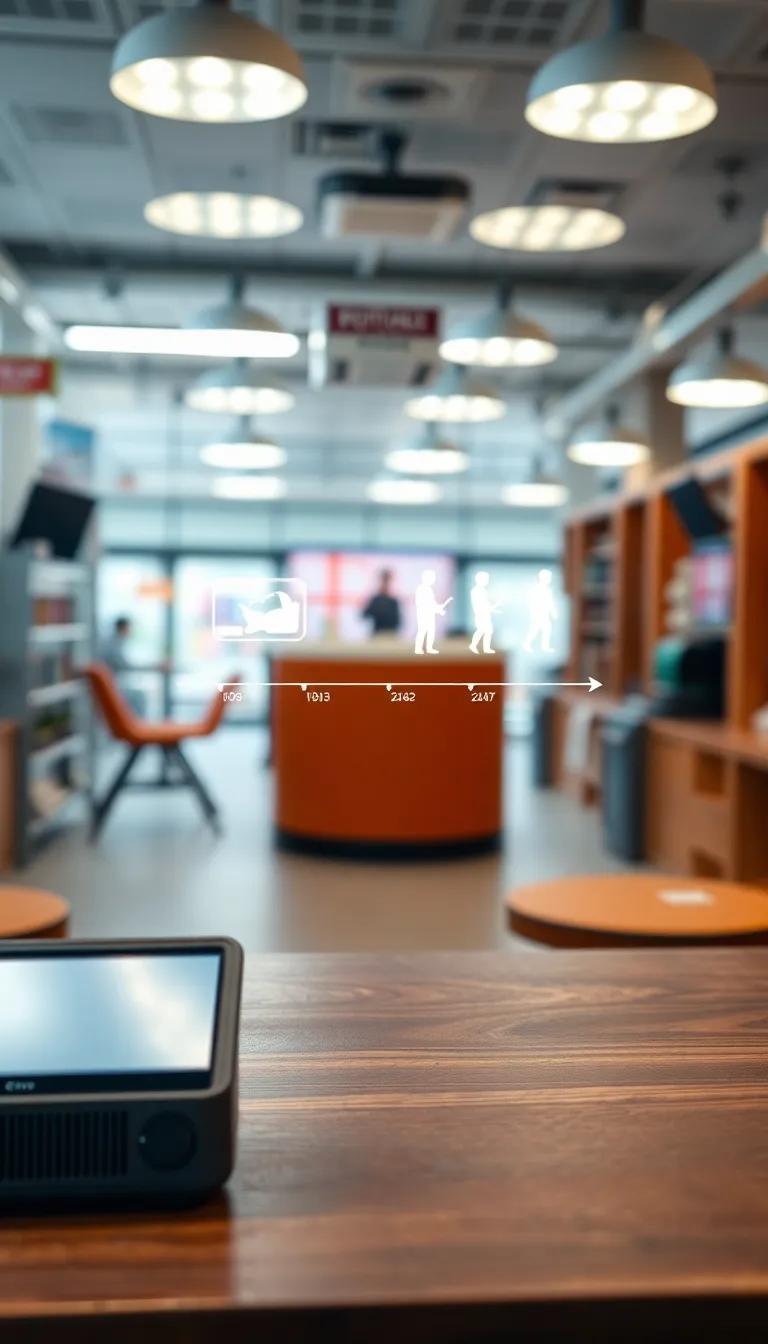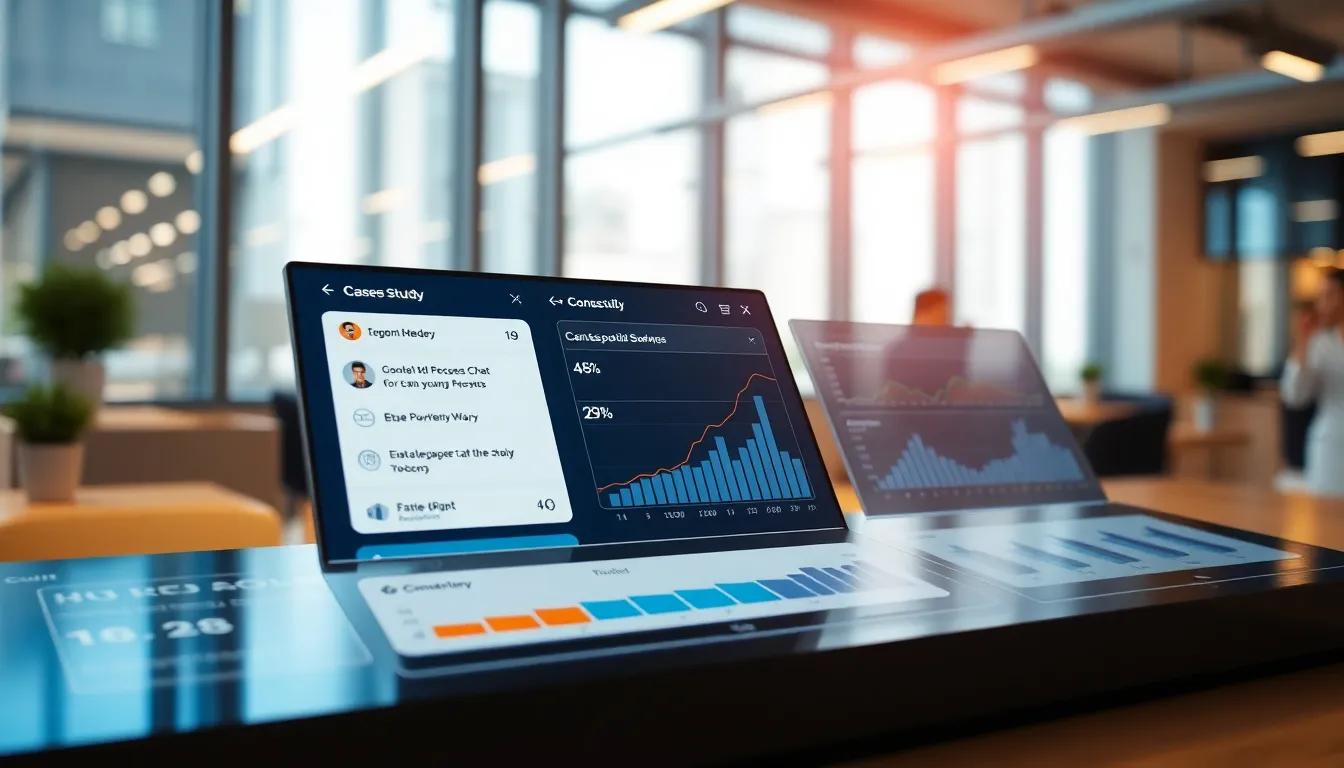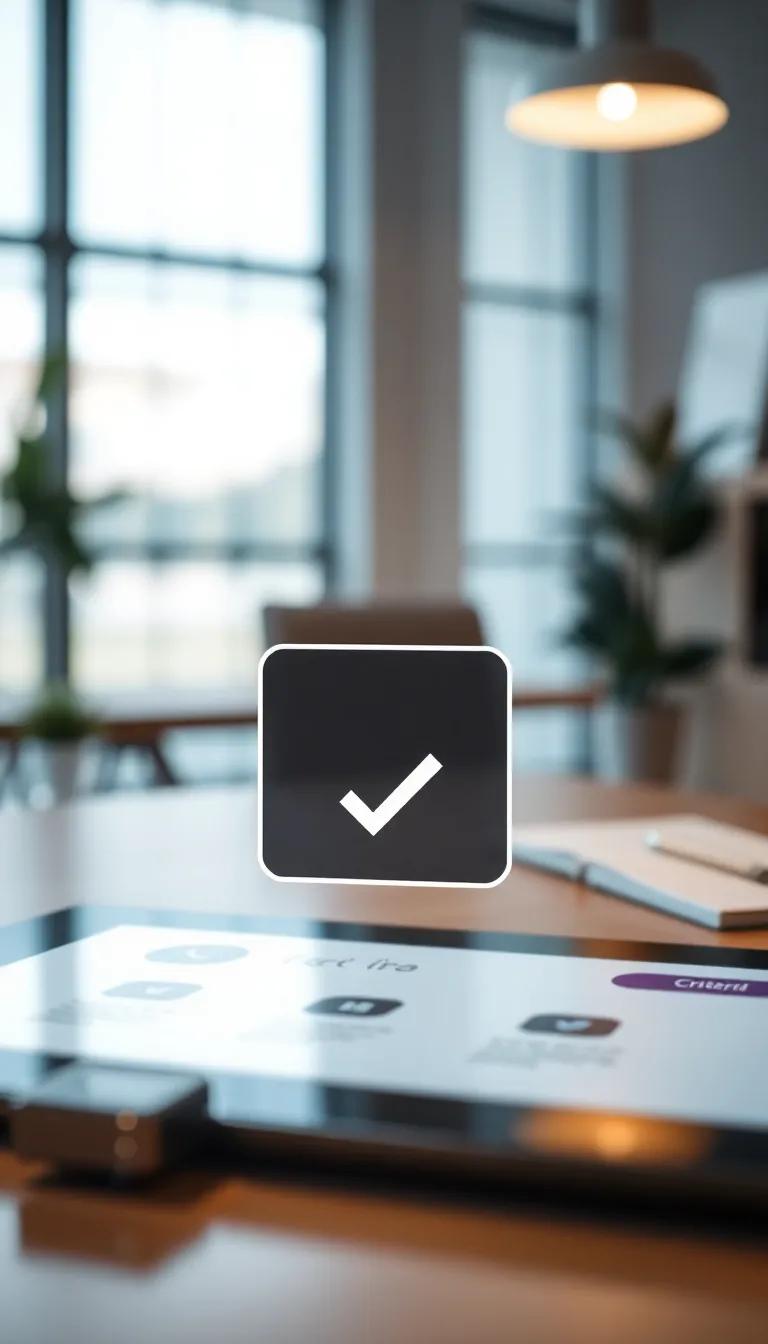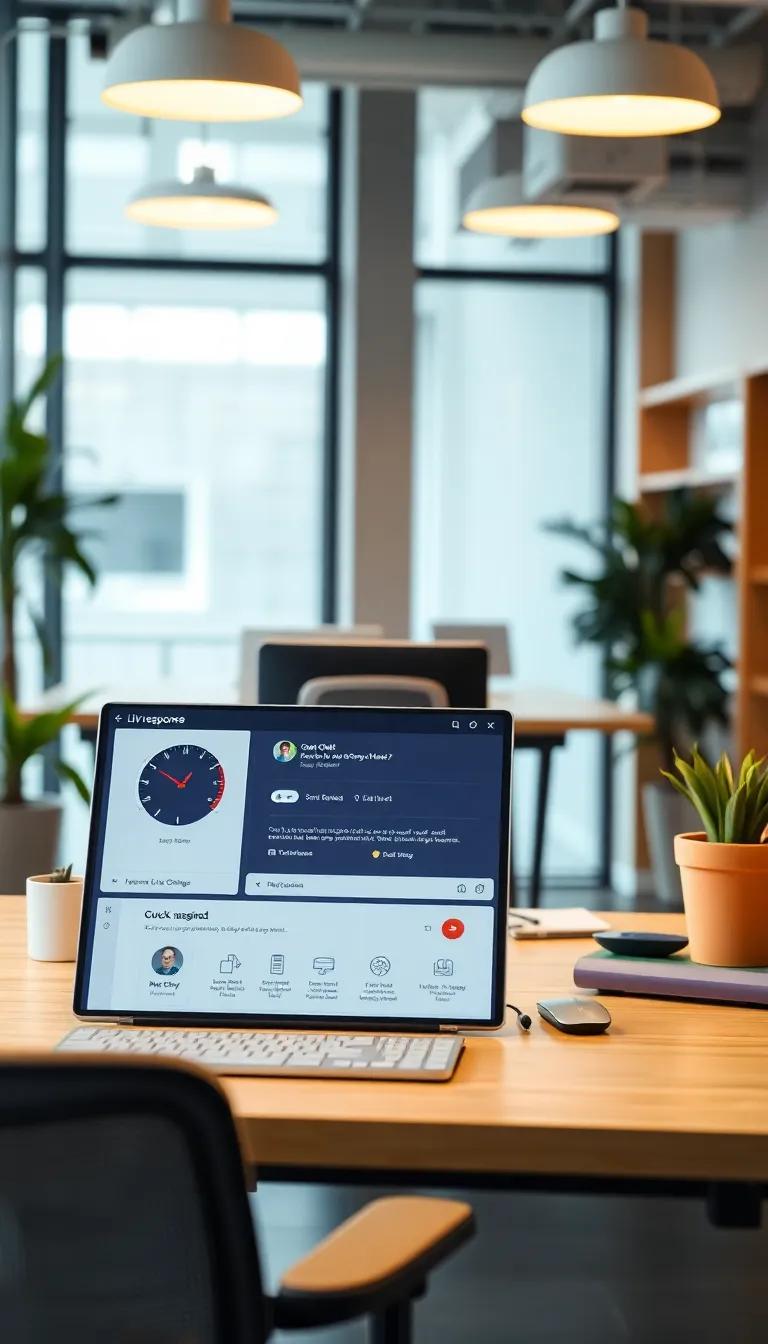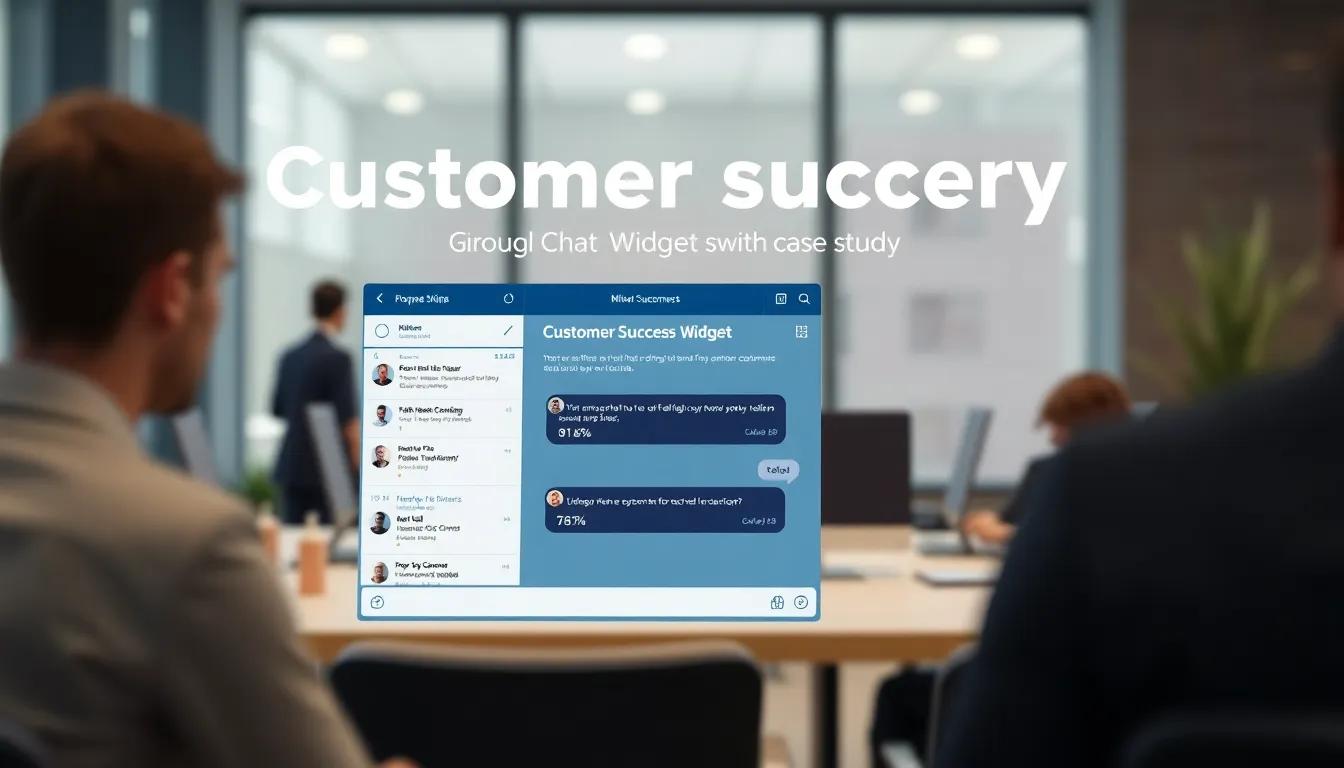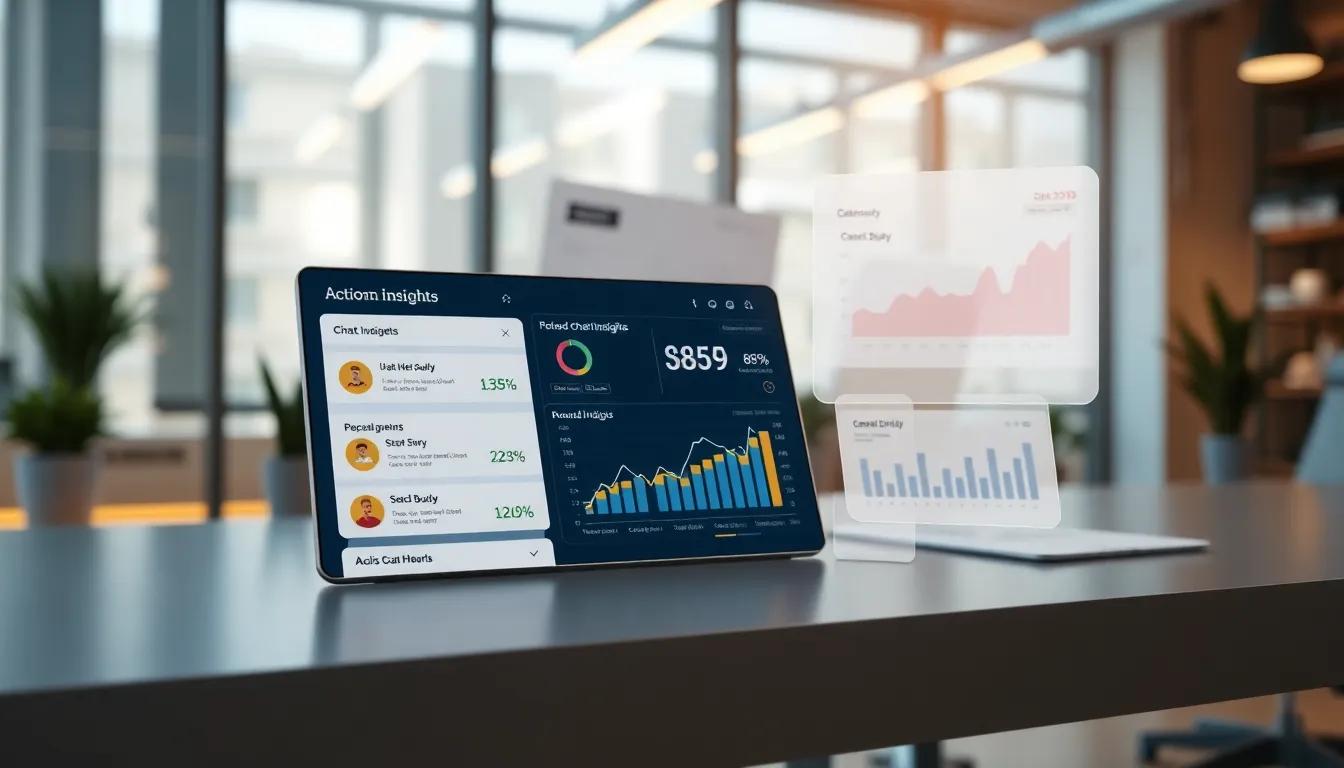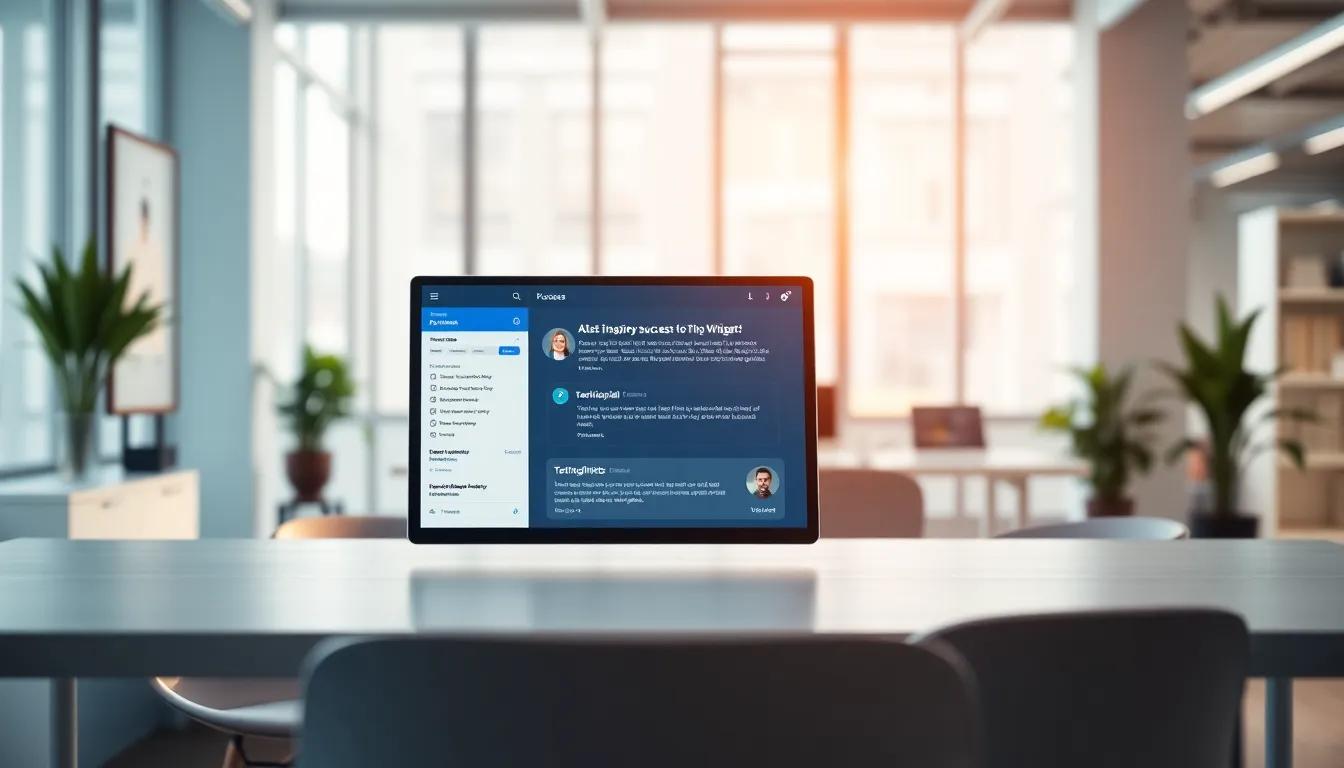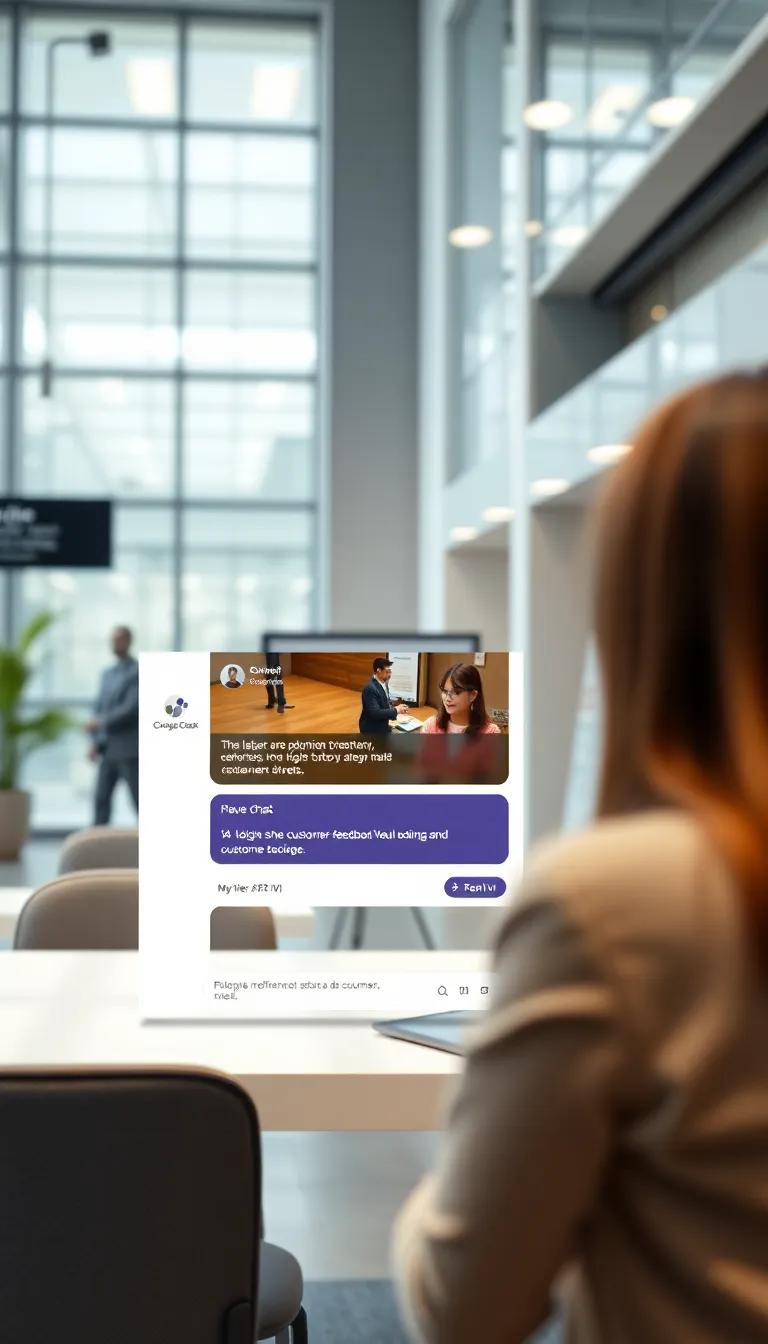Introduction
In today’s fast-paced digital landscape, customer expectations are at an all-time high, particularly when it comes to receiving prompt responses from businesses. A live chat case implemented through a free website chat widget offers a powerful solution for organizations looking to enhance their customer support and engagement strategies. By facilitating real-time communication, companies can efficiently address inquiries, provide assistance, and ultimately improve user satisfaction. This article explores how businesses can leverage live chat technology to not only accelerate their response times but also create a more personalized and engaging experience for their customers.
The significance of fostering effective communication cannot be overstated, especially as consumer preferences continue to shift towards immediate interaction. Incorporating a live chat case into your website empowers users to connect with your support team seamlessly and without barriers. This article will delve into the various components of successfully implementing a live chat system and the advantages it brings to both the business and its clientele. Each chapter will explore different aspects of live chat integration, highlighting how this tool can transform customer engagement and optimize service delivery.
Understanding Live Chat Technology The Evolution and Role of Live Chat in Modern Customer Service Strategies
The concept of live chat technology has its roots in the early days of online communication. Initially, customer service was confined primarily to email and telephone support, requiring longer response times and often leading to unsatisfactory interactions. However, with the evolution of the internet, live chat emerged as a crucial tool for enhancing customer engagement and satisfaction. The transition from static web pages to dynamic user experiences paved the way for real-time communication, empowering businesses to connect with customers instantly.
Over the years, live chat technology has evolved considerably. Early versions provided mere text-based interactions confined to a company’s website. Today, advanced solutions incorporate features such as chatbots, multimedia sharing, and integration with various customer relationship management (CRM) systems, transforming the live chat experience into a multifaceted tool for customer support and engagement. Businesses now recognize that a well-rounded live chat solution fits seamlessly into their modern customer service strategies, enhancing accessibility, response times, and overall user satisfaction.
There are numerous forms of live chat tools available, each designed to improve customer interactions in unique ways. Basic widgets allow for simple text communication, while more sophisticated systems include features such as proactive chat prompts that initiate conversations based on user behavior. Many platforms offer options for escalating chats to voice or video calls when complex issues arise, ensuring that customers receive comprehensive support tailored to their needs. Additionally, live chat can be integrated with social media platforms, allowing businesses to engage with customers on the channels they prefer.
Incorporating live chat into a customer service strategy not only helps in addressing customer inquiries rapidly but also plays a significant role in collecting valuable data about customer preferences and behaviors. This information can, in turn, enhance marketing strategies and product development. As customer service continues to transition into a more interactive and immediate format, understanding the evolving nature of live chat technology is essential for businesses aiming to create lasting, positive relationships with their customers.
Selecting the Right Free Live Chat Widget Criteria for Businesses
Key Elements to Consider
When businesses aim to enhance customer engagement through live chat solutions, selecting the right free live chat widget is a significant decision. Several criteria should guide organizations in this process to ensure they choose a solution that not only fits their immediate needs but also supports future growth.
Businesses should evaluate the features offered by various live chat widgets. Essential functionalities include real-time chat capabilities, automated responses, chat history, and user tracking. Widgets that allow customization of chat interfaces can help maintain brand consistency and offer a personalized experience for users. Look for advanced features like chatbot integration or AI-driven support, which can significantly increase efficiency.
Another critical aspect is the ease of use. A user-friendly interface is paramount—not just for the customers but also for the staff operating the chat system. Training time should be minimal, and the widget should be intuitive enough that team members can quickly adapt to it without extensive training sessions. Softwares requiring complicated setups or extensive IT support can hinder customer engagement rather than facilitate it.
Integration capabilities should also be a top consideration. The free live chat widget should seamlessly integrate with existing customer relationship management (CRM) tools, email platforms, and e-commerce systems. This integration enables a unified operational experience, allowing businesses to track customer interactions across multiple channels and improve overall service quality.
Assess the scalability of the live chat options being considered. A widget that can grow alongside the business will save both time and resources in the long run. Companies should look for solutions that can accommodate an increased volume of chats as their customer base expands, as well as offer upgrade options for more advanced features if needed.
By carefully examining these criteria—features, ease of use, integration capabilities, and scalability—businesses can select a free live chat widget that not only boosts response times but also enhances overall user experience. Making the right choice will lay a solid foundation for successful customer engagement through live chat solutions.
Boosting Response Times with Effective Setup Explore Methods for Optimizing the Live Chat Widget Setup Process for Quick Response Times
Effective integration of a live chat widget on your website demands a strategic approach to setup, ensuring that it functions smoothly and enhances customer interaction. Fast response times are pivotal in converting inquiries into customer satisfaction. A well-optimized setup process is foundational. Here are key strategies to maintain quick response times while maximizing user engagement.
Optimize Your Live Chat Widget Setup for Speed and Efficiency
Start with configuring the live chat widget to function efficiently. Prioritize lightweight code that does not slow down your webpage loading time. Engage with your web development team to ensure that the chat function is seamlessly integrated with existing website features. Adjusting pre-chat forms can also streamline operations; limiting questions to essential information will accelerate chat initiation.
Automation plays a fundamental role in enhancing response times. Utilize features such as automated greetings or proactive chat invitations that trigger after specific actions or time spent on a page. For instance, when users linger on a product page longer than usual, an automated message can invite them to chat. This not only speeds up response interaction but also engages users who might be unsure.
Best Practices for User Engagement and Chat Initiation
To keep your response times swift and maintain user interest, consider the following best practices:
- Simple Interface: Ensure that the chat interface is intuitive. Users should not struggle to find the chat option; positioning it in a visible area promotes initiation.
- Clear Availability: Communicate your available chat hours distinctly to set clear expectations. Users appreciate honesty about response times, which builds trust.
- Personalized Greetings: Implement greetings that recognize repeat visitors or returning customers, which can create a welcoming atmosphere and prompt quicker interactions.
- Granular Routing: Utilize intelligent routing options to direct chats to the appropriate agents swiftly based on user inquiries or profile data.
By employing these methods, your live chat widget can significantly reduce response times while enhancing user engagement. This proactive approach not only creates a positive user experience but also drives conversion rates, reinforcing the importance of an agile and effectively set-up live chat system.
Training Agents for Optimal Performance
To fully harness the potential of live chat solutions, agent training and ongoing support are paramount. When organizations invest in developing their agents, they ensure that customer interactions are not only efficient but also engaging. Well-trained agents can significantly reduce response times and enhance the overall experience for customers, which ultimately contributes to higher satisfaction levels.
Strategies for Effective Training Programs
Training programs should encompass both the technical and interpersonal aspects of live chat management. Agents need to master the software tools, enabling them to navigate the chat system seamlessly. It’s essential to provide comprehensive onboarding that covers:
- The platform’s features and functionalities, ensuring that agents can quickly utilize the chat widget to address customer inquiries.
- Company policies and product knowledge, so agents can deliver accurate and relevant information.
- Conflict resolution techniques, which empower agents to handle challenging interactions effectively.
Role-playing scenarios can be instrumental in this training phase. Simulated chats allow agents to practice responses to common queries and learn to adapt their communication styles to different customer personalities. Regular workshops that encourage feedback and discussion can foster an environment of continuous learning.
Leveraging Tools for Enhanced Performance
In addition to structured training, implementing performance-enhancing tools can further support agents on their live chat journeys. For instance, utilizing a knowledge base allows agents to find answers quickly, minimizing wait times for customers. An integrated AI assistant can also provide real-time suggestions during live interactions, guiding agents on how to respond effectively based on previous successful resolutions.
Another valuable resource is analytics. By reviewing chat transcripts, supervisors can identify patterns and areas where agents may need additional coaching. Data-driven insights help teams to understand which techniques improve engagement and which areas require refinement.
Offering ongoing support through mentorship programs or peer-review sessions promotes a culture of improvement. Encouraging agents to share best practices and learn from one another can lead to quicker resolution times and an overall boost in service quality.
Measuring Success and Performance Metrics
Identifying Key Performance Indicators for Live Chat Systems
To effectively evaluate the success of a live chat system, businesses must establish key performance indicators (KPIs) tailored to their specific objectives. These metrics can include response time, resolution time, customer satisfaction scores (CSAT), and net promoter scores (NPS). Each KPI provides valuable insights into both agent performance and overall user experience.
Response time is a crucial metric that measures how quickly agents engage with customers after a chat request is initiated. A lower response time typically correlates with higher customer satisfaction, as clients are more likely to feel valued when their queries are addressed promptly. Tracking this metric allows businesses to identify trends that may suggest the need for further agent training or adjustments in staffing levels to meet demand.
Resolution time refers to the length of time it takes to address a customer’s inquiry fully. Reducing resolution time not only enhances user experience but can also reflect positively on the efficiency of the support team. By monitoring this metric, organizations can discover common issues that may lead to extended resolution durations and address them proactively, potentially streamlining processes for faster service delivery.
Customer satisfaction scores (CSAT) provide direct feedback from customers regarding their experience with the live chat service. Collecting these scores allows businesses to gauge the effectiveness of their engagement strategies and identify areas requiring improvement. Regularly analyzing CSAT results can shed light on overall service quality and guide agent training programs to refine communication skills and product knowledge.
Measuring Metrics and Their Significance
Quantifying KPIs is essential for translating raw data into actionable insights. Utilizing analytics tools integrated with the live chat system can facilitate easy tracking of these metrics. For instance, software solutions often feature dashboards that display real-time performance data, enabling managers to quickly assess whether response and resolution times are meeting predefined benchmarks.
Understanding the significance of these metrics goes beyond mere numbers; they act as the foundation for continuous improvement. A thorough analysis of performance metrics can illuminate customer needs and preferences, empowering businesses to fine-tune their live chat services. By aligning operational practices with data-driven insights, organizations can significantly enhance service quality, leading to lasting customer loyalty and satisfaction.
Adapting to Customer Needs and Preferences Enhancing Live Chat Engagement
Trends in Live Chat Technology and Evolving Customer Expectations
The landscape of customer interaction is rapidly shifting as businesses strive to better meet the needs and preferences of their clientele. Live chat has emerged as a pivotal tool in fostering this engagement, enabling organizations to respond swiftly to inquiries and concerns. To remain relevant, brands must continuously adapt their live chat services to align with customer expectations, which are evolving in parallel with advancements in technology.
One of the key trends in live chat technology is the integration of artificial intelligence (AI) and machine learning (ML). These tools enable businesses to provide personalized interactions based on user behavior and past interactions. For instance, AI can facilitate automated responses for frequently asked questions, significantly boosting response times while freeing agents to tackle more complex issues. Furthermore, as customers become more accustomed to chatbots, businesses must ensure their AI systems are intuitive and capable of seamlessly escalating issues to human agents when necessary.
Another important trend is the increasing demand for omnichannel support. Customers today expect a consistent experience across multiple platforms, whether they are engaging with a brand through social media, email, or live chat. Companies can meet this expectation by integrating their live chat solutions with other customer service tools and channels. This approach not only optimizes user experience but also allows businesses to maintain context throughout customer interactions. For example, if a customer initiates a chat conversation on a website and later follows up via social media, agents should have access to the chat history for cohesive communication.
Future Developments and Innovations in Live Chat
Looking ahead, businesses can anticipate further innovations in live chat technology. One noteworthy development is the potential for advanced analytics that can leverage customer interaction data to provide insights into user behavior and preferences. This data could guide businesses in refining their live chat strategies and training agents to enhance responsiveness and customer satisfaction.
As remote work becomes more prevalent, collaborative live chat tools may gain traction. These platforms would allow customers to collaborate with multiple agents in real-time, merging expertise to resolve issues more effectively. Integrating features such as video or screen sharing could elevate this interaction by providing more comprehensive support.
Ultimately, adapting live chat services to evolving customer preferences requires a commitment to innovation and responsiveness. Businesses that stay ahead of emerging trends will not only improve their response times but also create memorable experiences that foster customer loyalty.
Conclusions
Implementing a live chat case via a free website chat widget represents a pivotal advancement in customer service practices. By embracing real-time communication, businesses can not only enhance their response times but also foster a sense of connection with users, leading to increased loyalty and satisfaction. As we have explored, the integration of effective live chat solutions can significantly streamline interactions and reduce wait times, creating a more positive experience for customers seeking assistance.
The success of a live chat system lies not just in its technical capabilities but also in its management and utilization. By ensuring that chat agents are well-trained and equipped with the right tools and information, businesses can maximize the potential of this technology. Adopting a proactive approach towards live chat can empower brands to meet evolving customer expectations and gain a competitive edge in today’s dynamic digital environment.

